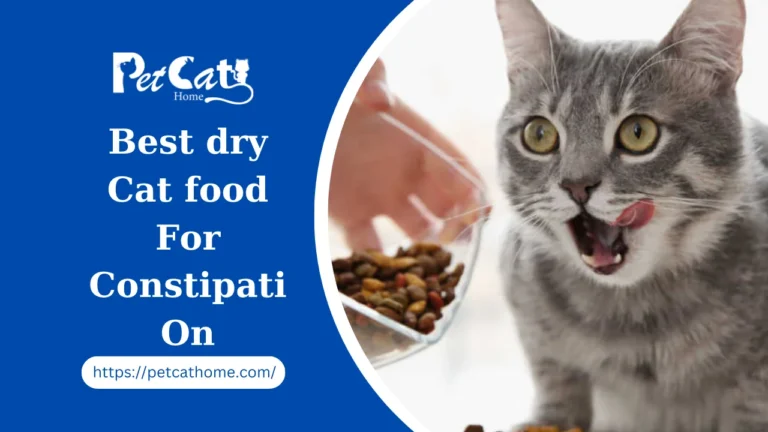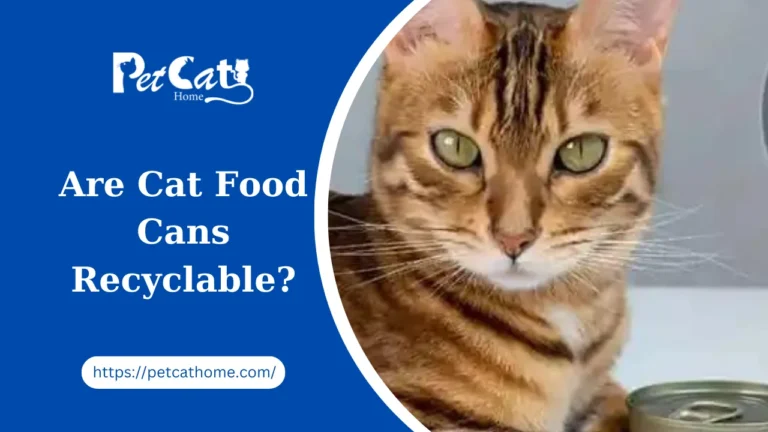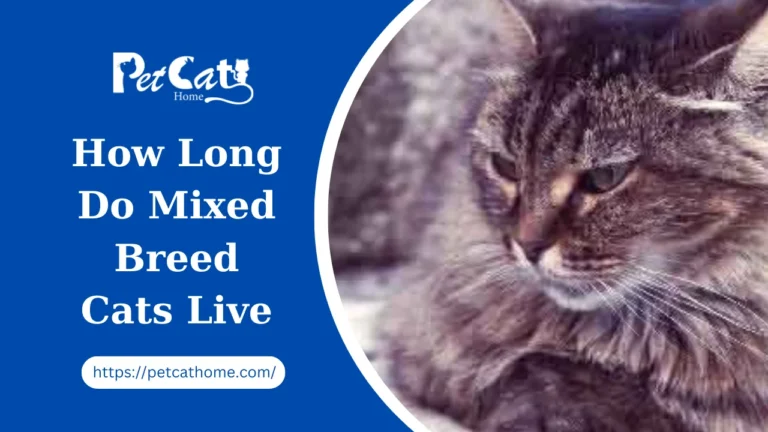Will Deer Eat Cat Food? A Comprehensive Guide
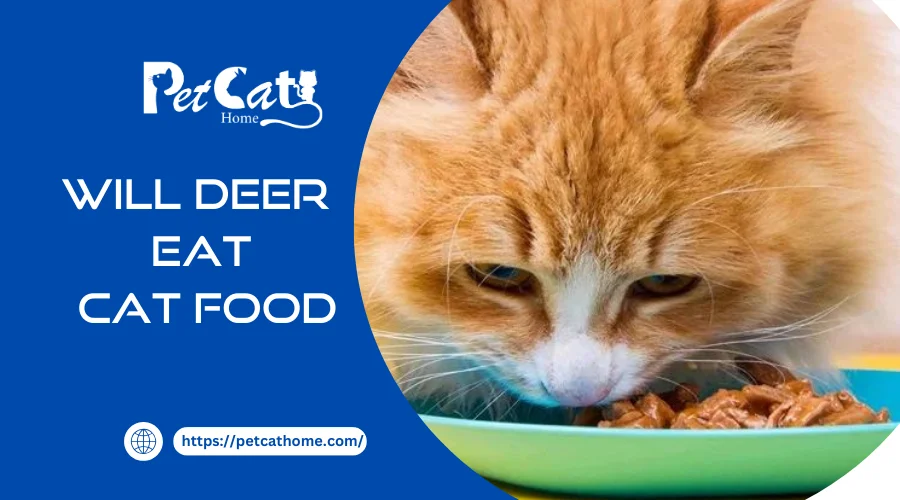
Magnificent animals of the woods, deer mostly eat herbs, grasses, fruits, and nuts. Their diet is diverse and complex. However, deer have been known to engage in opportunistic eating behaviours, occasionally devouring unexpected foods, when food sources become low or when they come into contact with human populations.
Can Deer Consume Cat Food?
Examining the Diet of Domestic Cats
It’s important to comprehend the ingredients of cat food before attempting to determine whether deer can consume it. To satisfy the dietary requirements of domestic cats, cat food usually consists of a combination of proteins, lipids, carbs, vitamins, and minerals.
Evaluating the Attractiveness of Cat Food to Deer
Although they are mostly herbivores, deer occasionally try eating unusual foods. Deer may be drawn to cat food because of its pungent smell and possible high protein level, especially if there aren’t many other food options.
Observational Studies
Anecdotal data indicates that if cat food is available, deer may eat it. Homeowners and wildlife enthusiasts have reported that deer have been known to visit residential areas and eat pet food that has been left outside.
Potential Implications and Considerations
Nutritional Concerns
It’s crucial to remember that deer’s digestive systems are designed to assimilate plant materials, even though they might occasionally munch on cat food. Because cat food is designed for predatory animals, it cannot contain the fibre and nutrients that are vital to a deer’s well-being. Inappropriate food intake over an extended period may cause deer to experience digestive problems or nutritional deficits.
Human-Wildlife Conflict
Intentional or inadvertent feeding of wildlife can interfere with its normal habits and exacerbate conflicts between people and wildlife. Deer and people are at risk when they are encouraged to frequent residential areas in quest of food. Additionally, deer may lose their innate fear of humans as they get accustomed to human-provided food sources, which could result in potentially hazardous interactions.
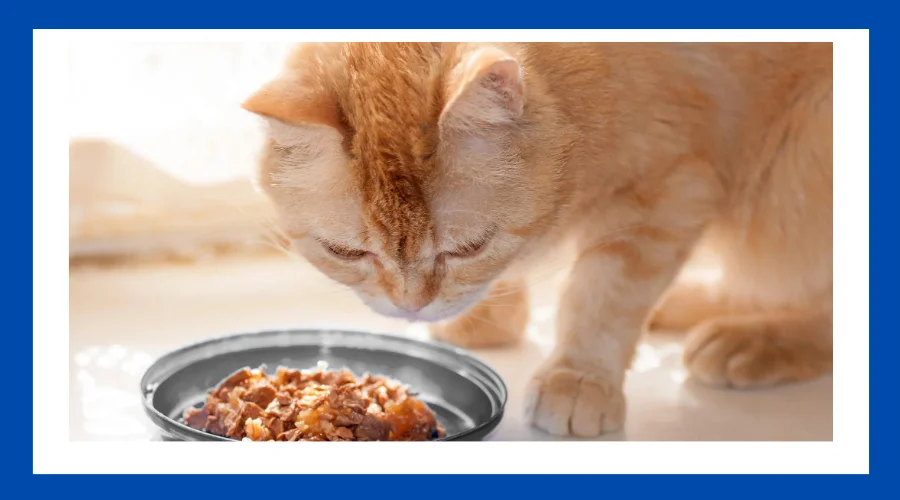
Mitigating the Risk
Proper Storage of Pet Food
Pet food must be stored safely indoors or in containers that are inaccessible to wildlife to deter deer and other wildlife from obtaining it. Homeowners can lessen the chance of drawing deer and other wildlife to their properties by limiting access to potential food sources.
Habitat Modification
Deer can be kept out of residential areas by designing landscapes that are resistant to them by using plants that they find indigestible. Deer can also be kept out of gardens and other outside areas where pet food may be kept using fencing and other barriers.
Will Deer Eat Dry Cat Food?
The young deer keeps passing up deer corn in favour of cat chow. It’s well known that cats must get the majority of their fluids from their diet. The dry cat’s food contains 26-28% protein. They adore this dry cat food, although it is devoid of veggies.
Can Wild Animals Eat Dry Cat Food?
While raccoons are more than eager to eat meat, fruit, and vegetables as well, wild cats and dogs will prefer dry pet food or meat of any kind. For example, carrots, green veggies, and even little fruit will be appreciated by squirrels and rabbits.
What Can I Feed The Deer In My Backyard?
- Acorns.
- Soy.
- Hates.
- In the winter, you can be allergic to hay or lucerne if you don’t feed.
- Sweet potatoes.
- Depending on the season, there are numerous alternatives as well.
What Should You Not Feed Deer?
It is not recommended to give hay, corn, kitchen leftovers, potatoes, lettuce trimmings, or any animal proteins from animals that are turned into feed. If deer have an excessive amount of indigestible food in their bellies over the winter, they may starve to death.
Can Wild Deer Eat Dry Cat Food?
Deer will consume dry dog food. It is not difficult to locate the food they consume. We must exercise caution while giving our pets deer food because it may be poisonous. If you decide to feed the following to deer, please do not. For deer, artificial feeding places might present challenges.
What Foods Are Toxic To Deer?
Poisonous plants include rhubarb, which is hazardous to deer. Deer also steer clear of prickly veggies like cucumbers and squashes with hairy leaves, as well as root crops that need to be dug. Deer do not enjoy the smells of onions, garlic, and fennel, which are indicative of farmed crops.
Will Whitetail Deer Eat Dry Dog Food?
Deer frequently eat this type of feed until they no longer require it, at which point they will move on.
What Can You Feed Wild Deer?
The deer receive a good balance of fibre and carbohydrates from the oats, which doesn’t upset their digestive tract. A vast range of fruits and vegetables, such as apples, grapes, pears, pears, carrots, and snap peas, are consumed by deer. For this reason, deer can be fed these fruits.

What Wild Animals Will Eat Cat Food?
Cat food also attracts the attention of other creatures. This also applies to mice, rats, and coyotes. These animals might be found in western Prince William County or your neighbourhood.
Is Dry Cat Food Safe For Wildlife?
Cat food only contains fat and protein that are detrimental, and if it is made with fish, it also provides vitamins. Wild birds in your garden can be fed with both wet and dry cat food.
Can Squirrels Eat Dry Cat Food?
The squirrel enjoys eating any kind of food, but it particularly enjoys nuts because of its pointed canines. They adore this dry cat food, although it is devoid of veggies. If they have access to seeds, nuts, or other things that resemble those found in food, most squirrel owners won’t feed their pets protein cat food.
Is It OK for Deer To Eat Dry Cat Food?
Deer should never be fed bread or maize. Although deer are browsers and have evolved to consume a wide range of foods, it takes some time for their effective stomachs to adjust to a new diet. Cat food is OK for chickens to consume in moderation, but not in huge amounts. One contains maize, while the other has deer protein.
Is It OK to Feed Deer In My Backyard?
Feeding deer in a park or your garden is not a smart idea because it could hurt them. When deer are brought together at feeding sites, there is an increased chance of developing communicable diseases such as chronic wasting disease.
What Can I Feed The Neighborhood Deer?
- Because these fruits—apples, grapes, cherries, pears, carrots, and snap peas—are widely available in nature, feeding them to deer is harmless.
- Acorns are a favourite food source for a lot of individuals.
Should You Feed Neighborhood Deer?
Feeding deer on purpose is never a smart idea. It is against the law in California to feed deer. In the landscaping, deer-resistant plants are employed. The Gardener’s Guide to Preventing Deer Damage is available in PDF format.
What Can I Feed Deer In My Garden?
There are many different types of woody plants, including leaves, shoots, sedges, and grasses. When food is scarce, people would sometimes take tree bark in addition to fruit and berries.
What Is Safe To Feed Wild Deer?
A vast range of fruits and vegetables, such as apples, grapes, pears, pears, carrots, and snap peas, are consumed by deer. For this reason, deer can be fed these fruits. For a lot of people, acorns are their preferred food source.
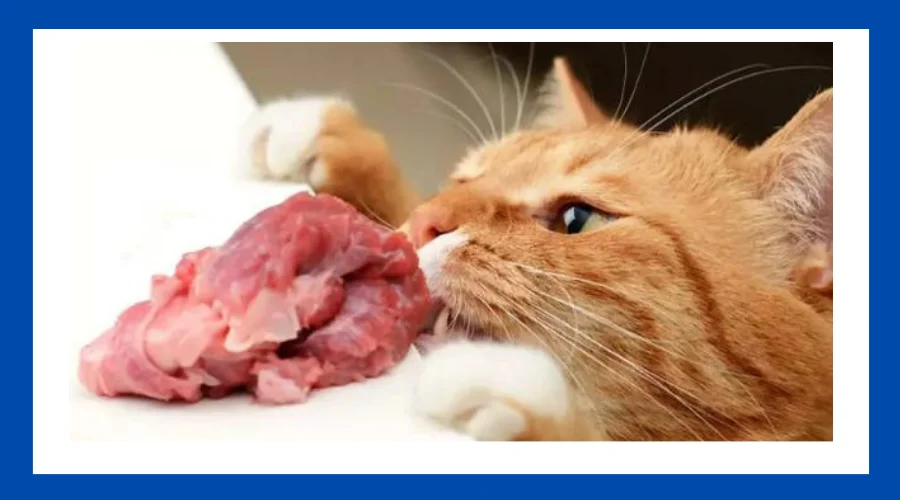
What Can I Feed My Backyard Deer In The Wild?
Although it is normal for deer to rely mostly on their fat reserves for energy requirements and bodily functions, they still require food to survive. This time of year, woody browse such as blackberries and greenbriers, as well as saplings and bushes, make up the majority of their diet.
Do deer consume cat food?
Though mainly herbivorous, deer have been known to eat cat food in times of scarcity or inaccessibility of natural fodder. The way deer feed can be influenced by various factors, including the availability of food, the location, and population density.
If there are deer nearby, is it okay to leave cat food outside?
Putting cat food outside can draw in deer and other wildlife in addition to cats. Although consuming cat food may not immediately endanger deer, it might cause nutritional imbalances and raise the possibility that cats and wildlife will contract diseases from one another.
What can I do to stop deer from consuming cat food?
Remove outdoor food sources, store pet food indoors or in sealed containers, and choose deer-resistant garden landscaping to deter deer from consuming cat food. By taking these precautions, human-wildlife conflicts can be reduced and the welfare of both domestic animals and wildlife can be guaranteed.
Does the use of cat food by deer carry any risks?
Unbalanced diet, illness transmission, and a rise in human-wildlife conflict are among the possible hazards. It’s critical to reduce these hazards by putting in place sensible food storage procedures and landscaping strategies that are wildlife-friendly.
If I see a deer in my yard eating cat food, what should I do?
To deter future visits, if you find deer eating cat food in your yard, remove the food source gradually and quietly. A deer may get agitated or aggressive if you approach or startle it. As was previously indicated, taking preventive action can help discourage wildlife from returning to your land.
Can deer grow to rely solely on cat food for sustenance?
Although deer will occasionally eat cat food when it is available, their main source of nutrition is the natural flora. On the other hand, deer that have regular access to cat food may become accustomed to human-populated regions, which could eventually cause dependence and escalate conflicts between wildlife and humans.
What legal repercussions result from giving deer cat food?
Local laws and regulations may restrict or forbid feeding wildlife, including deer. To prevent any legal repercussions and encourage appropriate wildlife management practices, you must become aware of the rules governing wildlife feeding in your community.
Conclusion
Although deer mostly eat natural flora, their adaptability may cause them to investigate other food sources, such as cat food. Comprehending the variables that impact the behaviour of deer and putting suitable safeguards in place will aid in reducing the hazards linked to wildlife-human interactions and guarantee the welfare of both domestic animals and wildlife.
